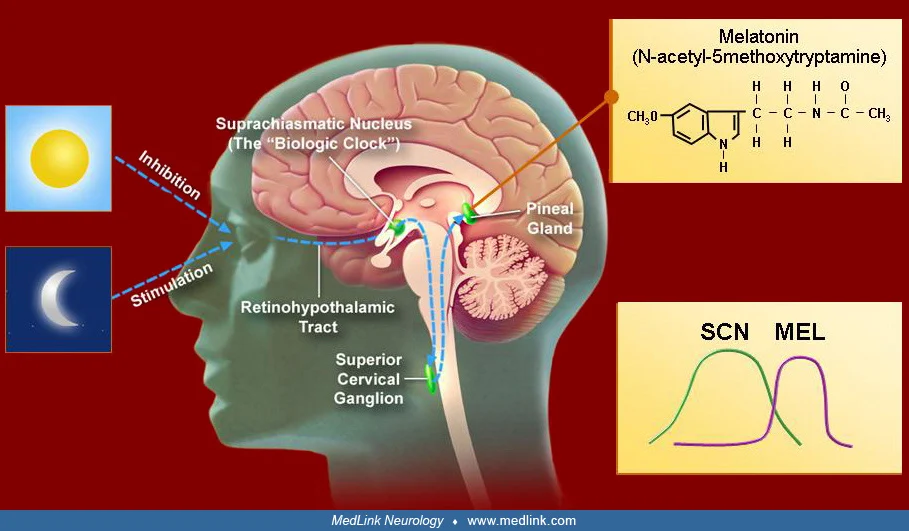
Focus News


Healthier LED lighting
- Categories:News
- Author:
- Origin:
- Time of issue:2022-11-07 15:36
- Views:
(Summary description)The innovative full-spectrum LEDs, which light almost corresponds to sunlight and matches perfectly with the human biorhythm. This natural spectrum is achieved through a combination of patented LED chip technology and innovative technology to achieve low UV emission and extremely high CRI. SunLike LEDs have no blue peaks and therefore do not affect the natural circadian rhythm. This makes them highly sought-after lights for children's rooms, dining areas, kitchens, hallways,bedroom,study and more.
Healthier LED lighting
(Summary description)The innovative full-spectrum LEDs, which light almost corresponds to sunlight and matches perfectly with the human biorhythm. This natural spectrum is achieved through a combination of patented LED chip technology and innovative technology to achieve low UV emission and extremely high CRI. SunLike LEDs have no blue peaks and therefore do not affect the natural circadian rhythm. This makes them highly sought-after lights for children's rooms, dining areas, kitchens, hallways,bedroom,study and more.
- Categories:News
- Author:
- Origin:
- Time of issue:2022-11-07 15:36
- Views:
In today's anxious reality of life, insomnia has become a dilemma that we almost all need to face. Anxiety, probably one of the major causes of human insomnia, especially since the COVID-19, stay at home has become the norm, face-to-face communication between people is reduced, and the uncertainty of life is greatly enhanced, which undoubtedly affects people's physical and mental health profoundly and makes it difficult for many to sleep every night.
However, the causes of insomnia are far more than that. Light, which we take for granted, can also interfere with sleep. Light has a strong stimulating effect on human physiology and behavior. Light not only regulates circadian rhythms and endocrine cycles, but can also disrupt these rhythms and cause disease.
And how do these rhythms occur?
The rotation of the earth and the sun's rays create a 24-hour rhythm that dictates our sleep patterns; we are awake in the daylight and asleep in the dark. In our eyes there are photoreceptor cells called autonomic photoreceptor ganglion cells (ipRGC). These photoreceptors, evenly distributed on the retina, may not seem to be related to vision, but when stimulated by light, they transmit non-visual information to the brain's master clock, the suprachiasmatic nucleus (SCN) -- responsible for regulating and controlling all biological clocks and hormone secretion.

There are three main hormones that are most strongly affected: the first is 5-hydroxytryptamine, an emotional factor that peaks our performance many times throughout the day. 5-hydroxytryptamine is also important for the regulation of many disorders (such as depression and anxiety); the second is cortisol, which is involved in stress management as well as regulating blood pressure, glucose metabolism and modulating the immune system; and the third is melatonin, which is closely related to our sleep.
For humans, melatonin secretion is elevated during the night and suppressed during the day, when exposed to sufficient sunlight. In addition to promoting sleep, melatonin is responsible for regulating many human physiological activities.
What types of light can affect sleep?
Almost all light affects sleep, but not all types of light have the same effect. Daylight is up to 10,000 lx (a measure of illumination) in direct sunlight, much stronger than even bright office lighting (which rarely reaches about 500 lx). For this reason, daylight has a profound effect on sleep and circadian rhythms.
There may also be important differences between the types of artificial light. Some types have more illumination and brightness. That is, even light that appears to have the same brightness may actually have different wavelengths, changing the way the eye and brain perceive it.
For example, blue light has a very short wavelength and is emitted by many LEDs. It has been found to have a much greater effect on melatonin and circadian rhythms than light of longer wavelengths. Many electronic devices, including cell phones, tablets and laptops, emit blue light, and their heavy use at night can lead to sleep problems.
Now there is a "light" is a high-intensity, short-wave blue-rich light during the day to keep people awake and productive; at night there is a gradual transition to low-intensity, soft light rich in orange and red light. This dynamic lighting to ensure the body's natural physiological rhythm, not to suppress melatonin secretion to ensure quality sleep.This is a light environment that mimics natural light, a natural, healthy "light".
This is due to the Sunlike LED chip.
What about the advantages of this "light"?
Our day-night rhythm (circadian rhythm) is controlled by the hormone melatonin. Melatonin is produced in the evening, when it gets dark, and thus helps us to fall asleep better.Current LEDs have an unnaturally high blue content and signal to the body in the evening and at night that it is still daytime.This can lead to melatonin production suppression. This, in turn, can have a negative effect on the natural day-and-night rhythm, as it signals to the body that it is still daytime. Thus, important physiological processes such as metabolism, hormone balance, immune defense and the breakdown of toxins can be impaired.

Sometimes the color of clothes looks different outside than in the store. This happens because the light spectrum in the store is different from that of natural light. Color rendering indicates the effect that a light source has on the perception of the colors of objects, using 100 representative colors under natural light.
SunLike exhibits excellent color rendering properties with a value close to 100 when using not only the traditional CRI (Color Rendering Index) standard, but also the new TM-30-15 standard (the IES method for evaluating the color rendering of light sources). The technology expresses colors naturally at events such as exhibitions,art and fashion shows.

Excessive blue light can overstimulate retinal cells in the eye. Occasionally, eye problems and concentration problems may occur. The SunLike LED displays a spectrum of light almost the same like from the sun. In the process, the color and the texture of an object, both are displayed naturally. The negative effects of excessive blue light on the eye or the human biorhythm are eliminated.Therefore using full spectrum LEDs results in higher contrast and often better visual performance.
Scan the QR code to read on your phone

INTERESTED IN US, FOR MORE PRODUCT INFORMATION, PLEASE CONTACT US!
View more + see more product infomaiton in alibaba
Quick Link
Products
Down Light
Anti-glare
Commeriacal Lighting
Other
Message to us
Contact infomation: 86-0757-86401092
E-mail: sales@anova-lighting.com / Anova@anova-lighting.com
Address: 4th/Fl, No.1 First Street, Rong'er Road, Rongxing Industrial Zone, Wuzhuang, Luocun,Shishan Town, Nanhai,Foshan, Guangdong, China
Copyright 2020 Anova Lighting Co.,Ltd. 粤ICP备15053609号 Powered by: 300.cn
